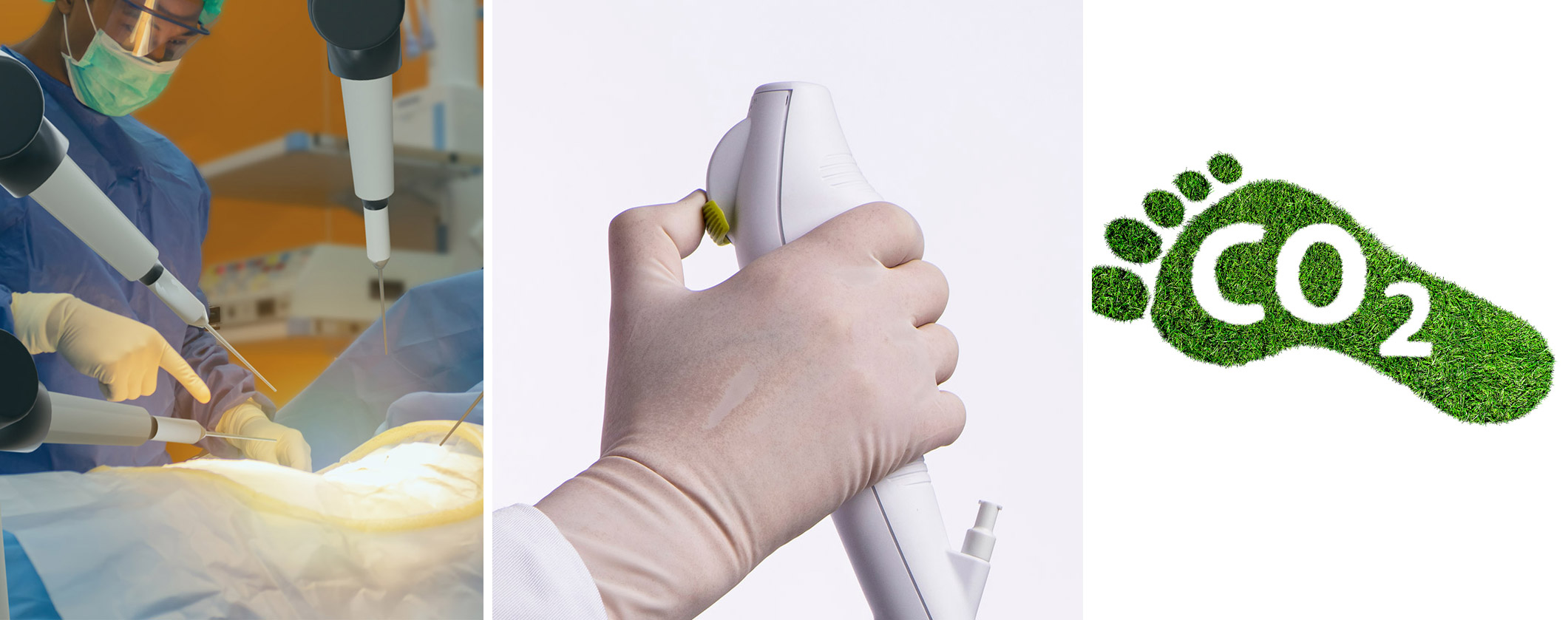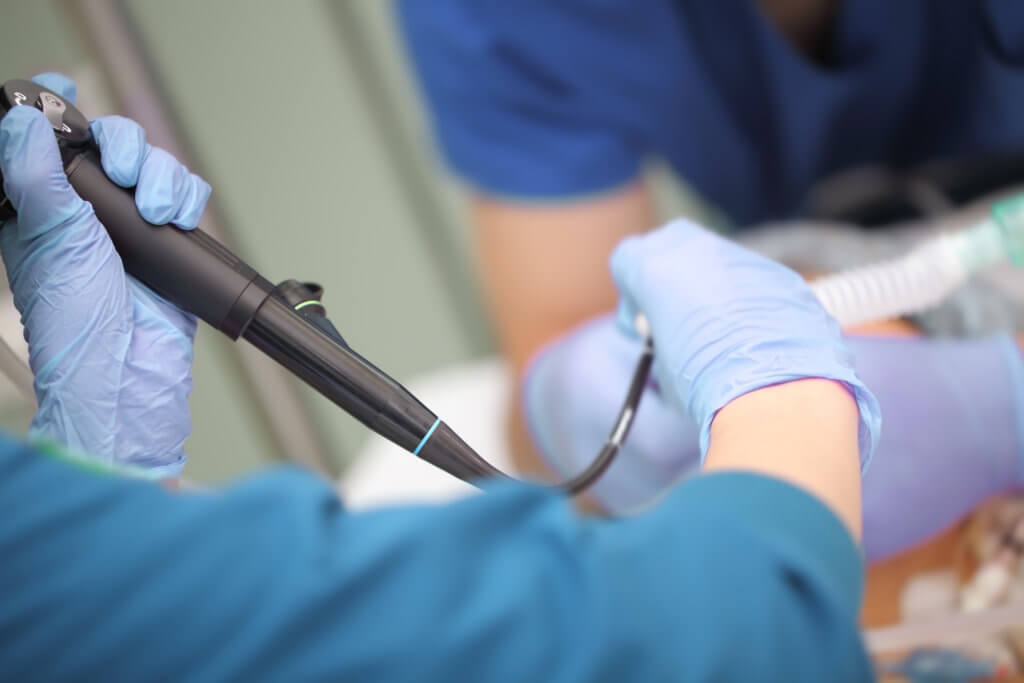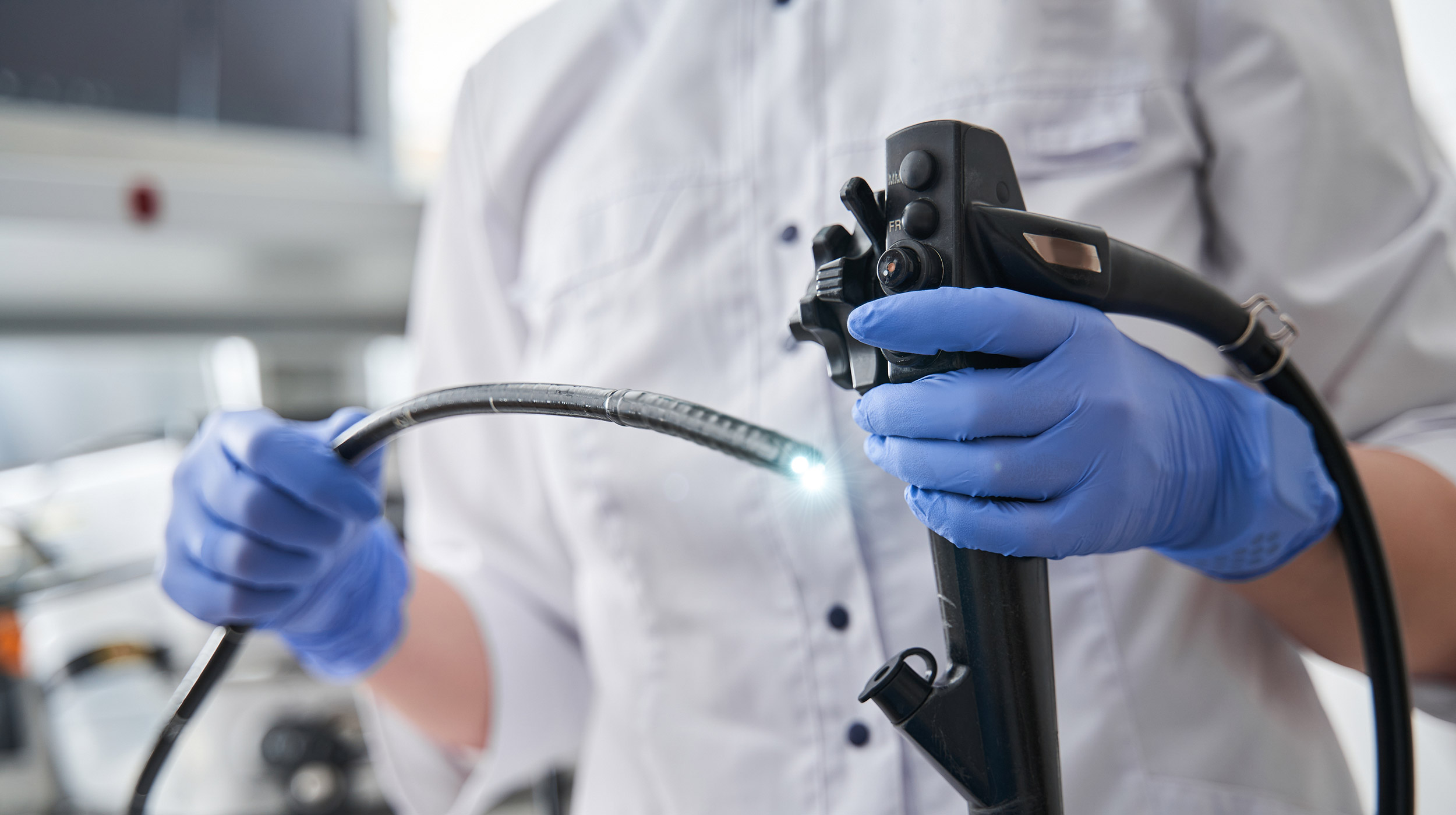
As the Thanksgiving holiday draws near, we decided to look back at some popular storylines that have resonated with our urology readers over the last several weeks.
Infections associated with reprocessed urological endoscopes appear among our top-read stories of the fall. Other notable stories include emerging technology's impact on the field of urology as well as the impact of single-use endoscopes on the environment.
Here are our five most-read stories of the fall season. We hope you'll revisit them and continue to read Single-Use Endoscopy. Click here to sign up for our newsletters.
5. How Effective is Flexible Ureteroscope Reprocessing?
When the U.S. Food and Drug Administration released a letter to healthcare providers in April 2021 announcing its investigation into numerous medical device reports involving reprocessed urological endoscopes, Dr. Seth Bechis and his colleagues set out to learn more about reprocessing and its effectiveness.
He discussed the findings of the study and on the Endoscopy Insights podcast.
4. New Study Finds That Kidney Stone Incidence Rates Are Higher Than We Thought
A group of urologists recently discovered that a 12-month incidence rate of kidney stones was 2.1 percent higher than previously reported.
Their findings are significant because, until now, population-level data assessing the incidence of kidney stones has been limited in the U.S.
3. How Robotics is Shaping the Future of Urology
The annual American Urology Association (AUA) meeting in New Orleans featured the latest cutting-edge technology, and numerous sessions focused on robotics and its usefulness to the urology community.
2. Carbon Footprint of Single-Use Cystoscope at the Center of Urology Journal Debate
A recent study found that the carbon footprint of a disposable cystoscope was "significantly lower" than the reusable alternative. However, an opposing letter to the editor expresses two "serious methodical concerns" with the study.
1. Study Compares Cost and Environmental Impact of Single-Use and Reusable Cystoscopes
Single-use cystoscopes significantly reduce water consumption and waste generation associated with a cystoscopy procedure when compared with their reusable counterparts, according to a study.
For about the same cost per procedure, the Ambu aScope 4 Cysto eliminated the need for 15 gallons of water per reprocessing cycle, and associated waste from the required personal protective equipment and supplies.
We hope you enjoyed revisiting these most-read stories. Be sure to check back next month when we count down the most popular stories of the year. Have a great holiday!


